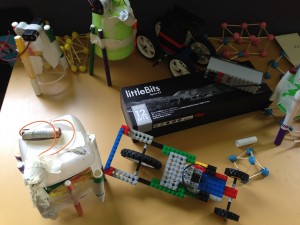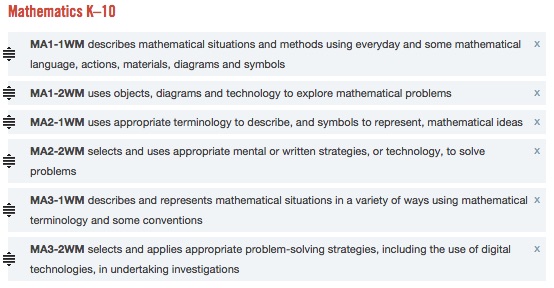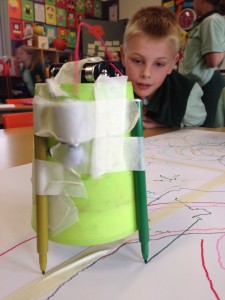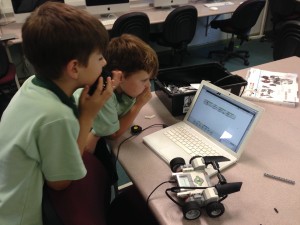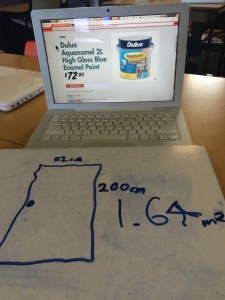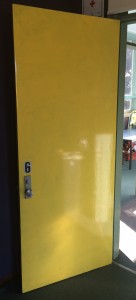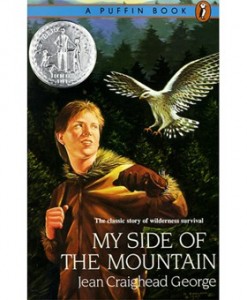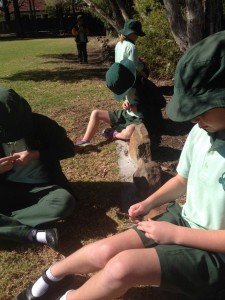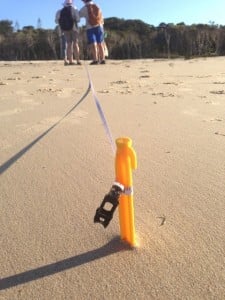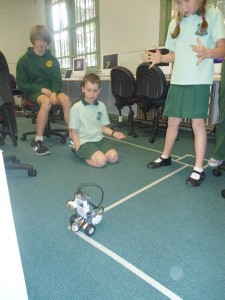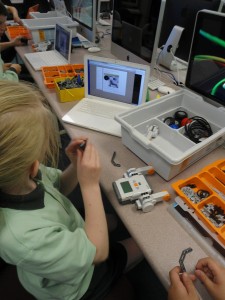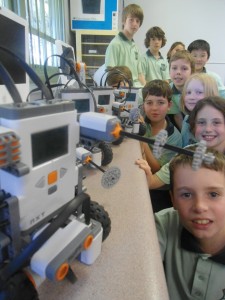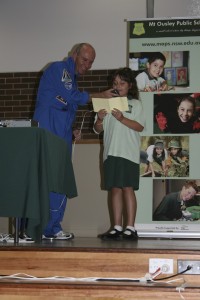Below are the key findings of my trip. The full report is available as a pdf here. Churchill Report.Bramsen
Conclusions and Recommendations
“Hook them while they are young.“
The new science and maths syllabuses provide schools with timely opportunities to re-examine and explore their commitment to the teaching of science and maths. In this age, when the likes of the Melbourne Declaration and a focus on 21st century teaching and learning perspectives (such as Wagner) encourage reflection and change in term of teaching styles, technology use and the expectations and the role of the teacher, then redefining the student as an active and an engaged global learner offers further scope for teaching and learning innovations.
I commenced my trip with some ideas of what I thought worked well in my school, some preconceptions of things that might work well and an open mind to the many experiences that the trip would offer. Over the course of five weeks, and on reflection since, I’ve been able to clarify and identify some key ideas or opportunities that I believe can support our schools in creating meaningful, important and valued STEM learning experiences. As so many educators enthused, we need to hook students into the maths and sciences while they are young, i.e. 8-12 years old , ideally during the formative years when interests can be developed and grown.
The following recommendations are by nature as broad as schools are unique and are aimed at school leadership teams that will choose to initiate and customise programs that support the ethos, culture, direction and needs of their students.
Project based learning (PBL) is effective method of incorporating STEM into the K-8 classroom. Inquiry learning, challenge based learning and purpose based learning are similar models. PBL allows for exposure to both deep content and skills. Opportunities exist for collaborative teacher planning utilising teacher skill and interests. Consideration needs to be given to allocated class time, teacher ability, student self regulation, assessment criteria and the explicit teaching of curriculum as and when required. Schools can introduce PBL models through in NSW for example through Human Society and its Environment (HSIE), Science and Maths curriculum outcomes. Popular science programs such as the current Primary Connections provide strong support for teachers lacking confidence or skills in teaching science but importantly should also be used as a jumping off point to develop PBL opportunities. I value the comments of staff at High Tech High who state that PBL offers multiple entry points for students and enables them to achieve equitable success in a given area.
Device choice is essential for fully supporting a STEM program. Whether it be dedicated 1:1 or access to 1:1 as needed, a commitment to providing equitable device access to students is needed. Devices will be used for creating and curating content, collaborating and communicating, making, sharing, coding, designing and creating. A connected world is that which our students live in, they need access as required to make those connections, design solutions and share successes.
Integrated literacy and engineering offers an accessible entry point for all teachers to pursue STEM. By using stage appropriate texts that the teacher is familiar with, engineering and STEM challenges that confront the character in the text can be used to introduce design and engineering tasks. Sufficient time needs to be allocated to allow for the design and make process. This is ideal for group work and offers great scope for creativity and engagement with a text in previously unexplored ways. TUFTS CEEO has generated a list of texts used during its pilot program and these can be found on the website www.novelengineering.org
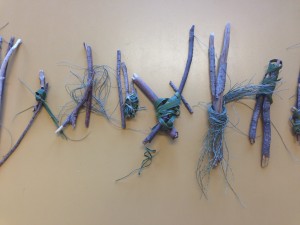

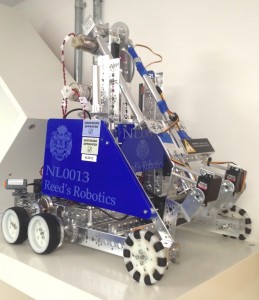 \
\
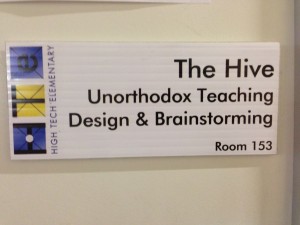
Specialist STEM subjects and enrichment/outreach should be utilised. Integrated STEM subjects could include programming and coding in Scratch for developing maths logic, LEGO robotics for measurement, Sketchup for 3D shapes, Garageband for music and notation, Arduino programming and the like. Staff expertise should be utilised and syllabus planning undertaken. Integrating STEM into the classroom offers scope to hook all students whereas lunch and after school groups cater for those already hooked. Integrated STEM subjects especially in grades 6-9 can leverage staff expertise ad student interest to provide a comprehensive cross curricula STEM opportunities. Enrichment and outreach are valid avenues (and in some cases the only avenue) to offer STEM specialty clubs and projects (e.g. Science club, First Lego League, VEX robotics, school environmental initiatives) to students, however as mentioned previously, the students that put their hand up for these opportunities are already often convinced that STEM is an area of curiosity or interest for them. The challenge remains in the mainstream classroom where all students need to be exposed to STEM opportunities that are differentiated and engaging. Coding and programming are increasingly being valued as skills required of students and future adults. Both the UK and USA education systems are placing increased emphasis on the formal teaching of coding through the likes of MIT Scratch, app development and traditional computer languages.
Global connections and use of experts encourages authentic learning through making real connections, Teachers and students need to leverage, connect, value and share in partnerships through building long term partnerships with outside agencies, other schools and the greater community. PBL, Scientists in Schools, Skype and face to face mentors are some examples. The walls in a school are designed to hold up the roof, that is all. Connections and global sharing are key tenants of the 21st century teaching paradigm and cannot be ignored. Social media networks through Facebook, departmental platforms (e.g. Yammer in NSW) and Twitter offer access to professionals with similar interests or specific expertise that can be leveraged to benefit student learning.
Teacher quality via extensive professional learning is essential for a successful STEM program. Consideration needs to be given to staffing positions, leadership awareness of teacher skill sets and encouraging staff with differing skills and experience to collaborate and possibly mentor/team teach. Enhancing skills and knowledge through internal development first and external options if appropriate. Teacher quality was raised by all institutions visited as extremely important to a successful STEM program. Teachers with effective classroom management strategies, a responsive nature, powerful questioning and communication skills and an ability to create a culture of mutual respect are well positioned to maximise teaching and learning opportunities and outcomes for their students.
In NSW the Quality Teaching Framework provides the structure and research to inform quality teaching in schools. Combined with the influential work of John Hattie, the Australian Institute for Teaching and School Leadership and the Australian Curriculum and Reporting Authority, leadership teams in NSW and Australia are well supported in developing and implementing quality teacher professional learning and development initiatives.
Makerspaces/learning spaces are 21st century spaces for creative learning and making. They encompass easy access, are open to all, have varied lighting, use modular furniture and are resourced with hands-on equipment such as electronics, pencils, paper, recyclables, computers, toys, play-doh, LEGO, Makey Makey devices, circuits, building equipment, tools, squishy electrical circuits and more. Schools need to identify a space, plan with student input and resource and timetable appropriately. Tinkering, constructing and de-constructing offer hands-on engineering opportunities that allow for student success and that engage student’s who may otherwise be at risk of failure in literacy especially. Children respond to ‘making’ and learning through play activities as a natural process. When scaffolded through curriculum outcomes, practical skill development and progress milestones, students can share a made product or artefact as an everyday part of classroom learning. The text Invent to Learn is highly recommended for anyone looking to know about current education trends and pedagogy in this exciting new (yet old in many ways) area of learning.

